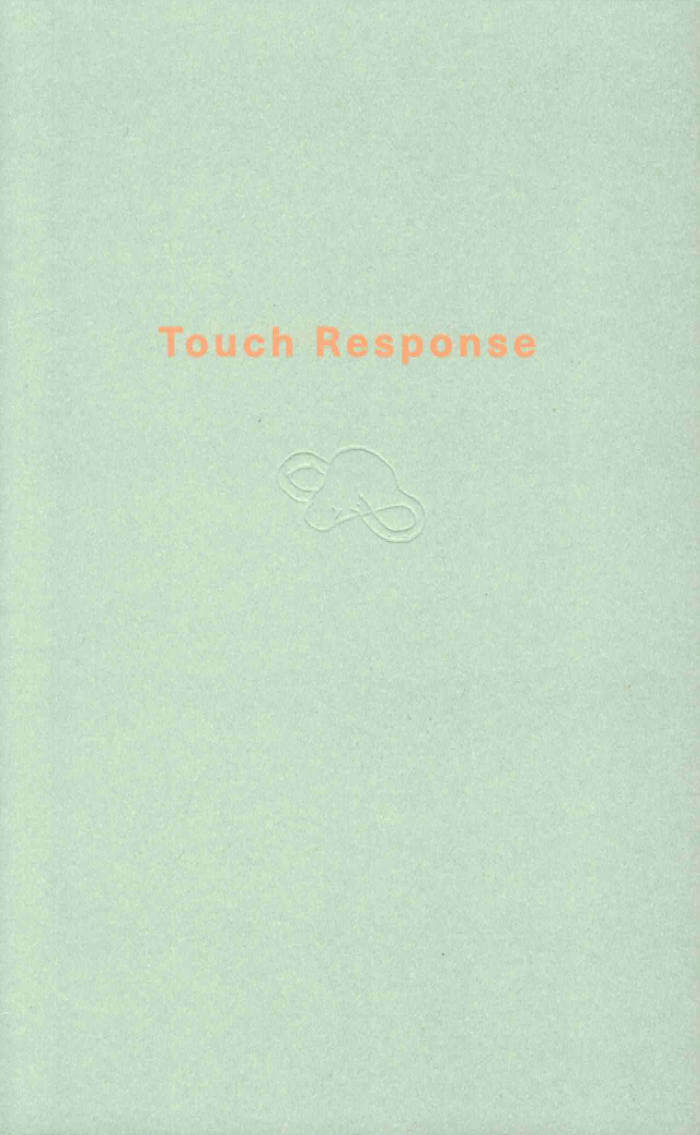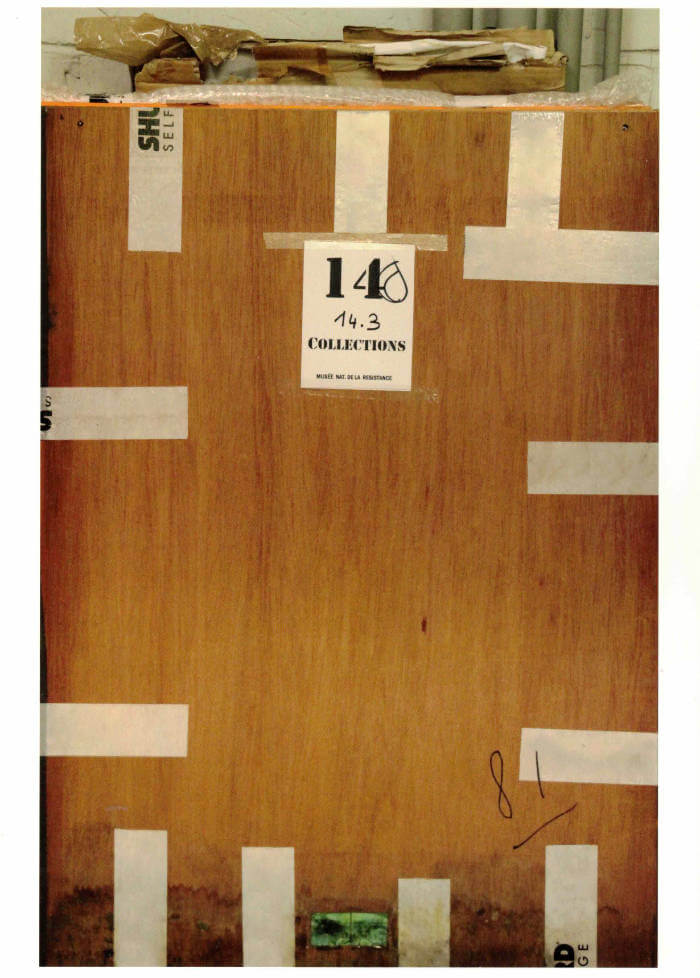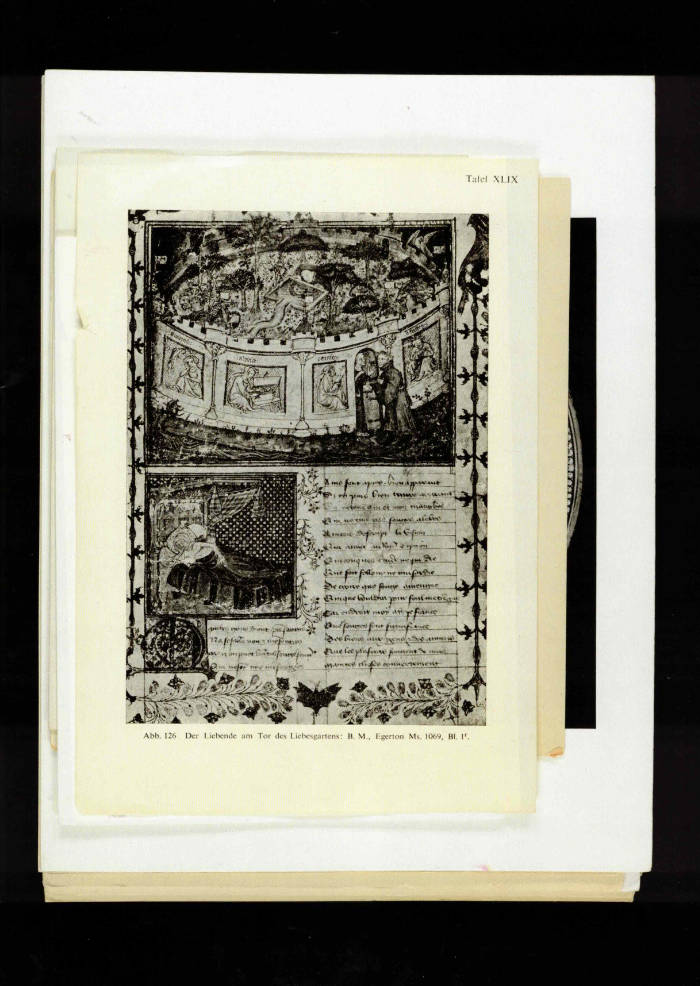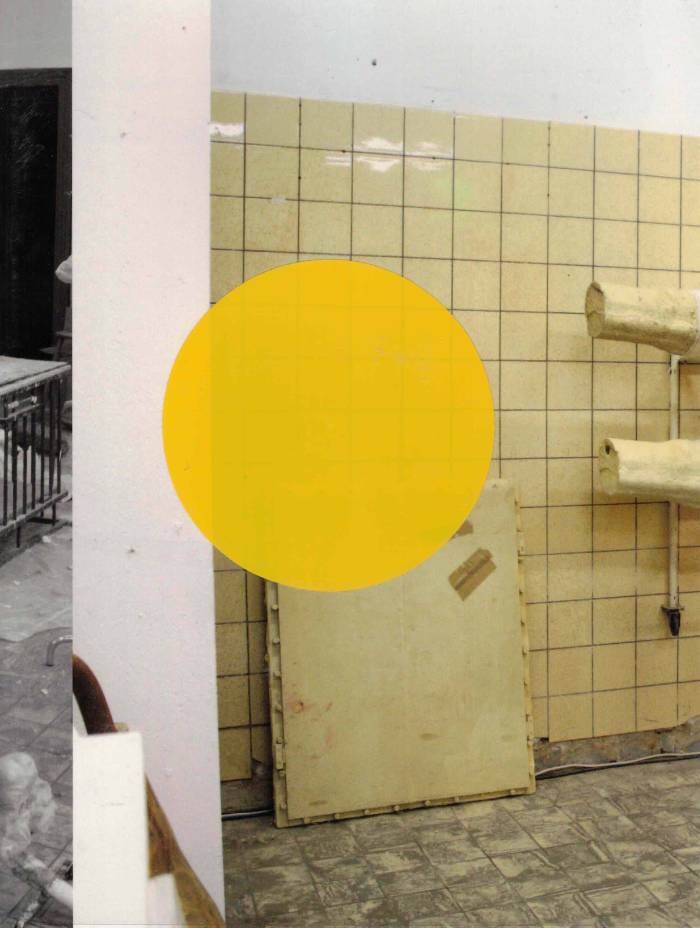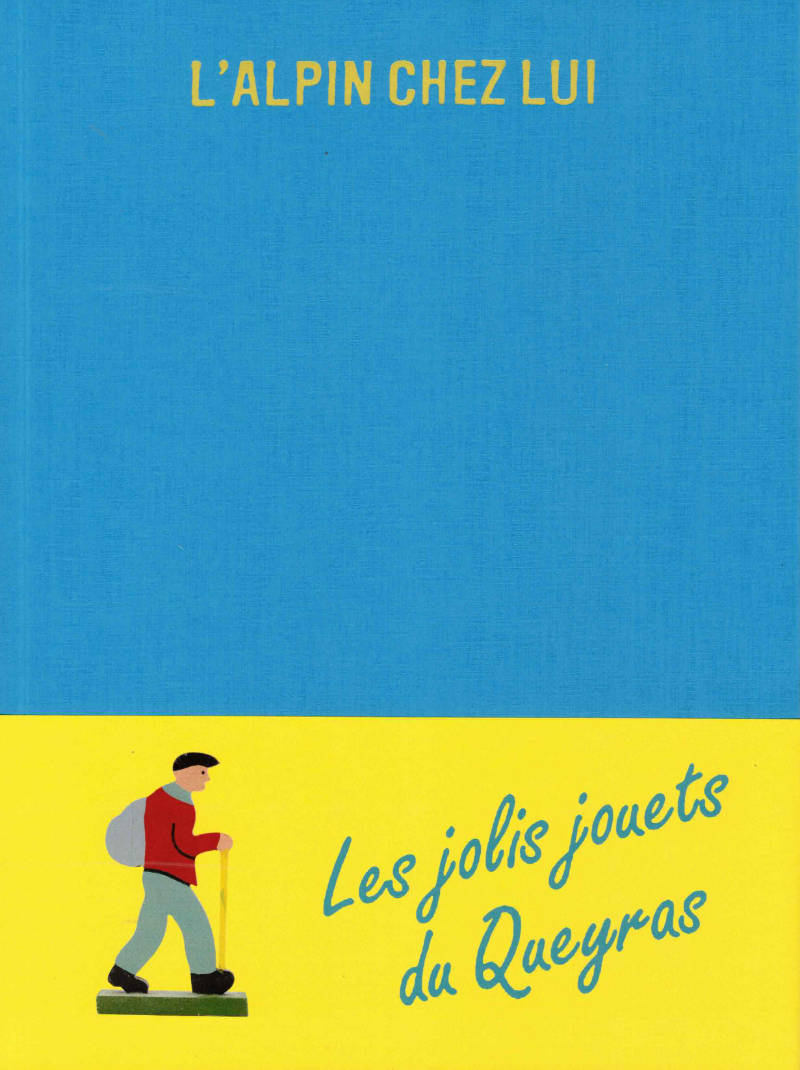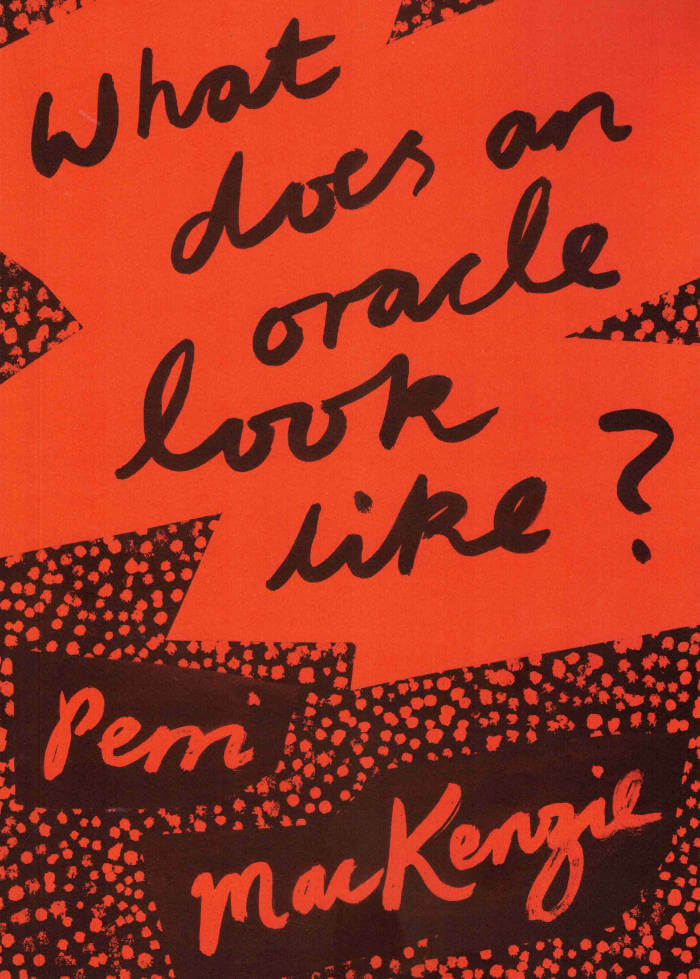On occasion of the Book as System exhibition, we are thrilled to publish a facsimile reprint of Sol LeWitt’s iconic Four Basic Kinds of Lines & Colour, co-published Printed Matter, Inc. & Primary Information.
Published in 1977 by Lisson Gallery, Studio International, and Paul David Press, the 34 page staple-bound book is an early example of LeWitt’s rigorous, algorithmic process in which a set of rules is run through its permutations to generate corresponding images. First in overview and then in detail, the publication sets down all possible combinations in overlaying four basic lines (vertical, horizontal, right-facing diagonal, left-facing diagonal) followed by a distinct combinatory system of four basic colors (yellow, black, red, blue).
Each spread is composed of these two parallel systems played out one at a time, with escalating line combinations on the left hand side and corresponding color combinations on the right. LeWitt’s Four Basic Kinds of Lines & Colour (1977) followed the publication of Four Basic Kinds of Straight Lines (Studio International, 1969) and Four Basic Colours and their Combinations (Lisson Gallery, 1971), and serves as a kind of synthesis of the two systems described in those earlier volumes.
Published by Printed Matter, Primary Information, 34 pgs, 20 × 20 cm, Softcover
